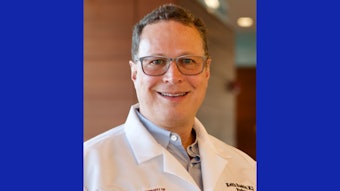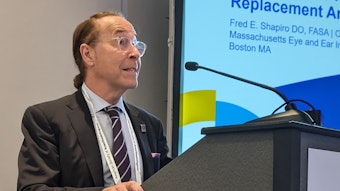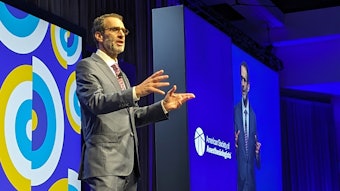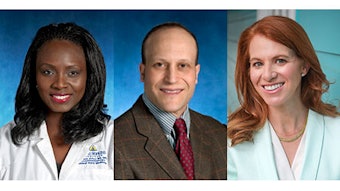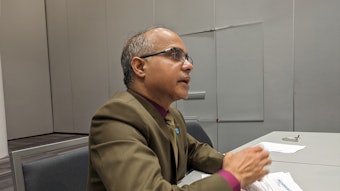Managing patients with opioid use disorder
The warnings grow louder.

“We will be dealing with the consequences of the opioid crisis for many years to come,” said Eugene R. Viscusi, MD, in his opening remarks during the 2023 session “Managing Opioid Use Disorder in the Perioperative Setting: The Role of the Anesthesiologist.” Dr. Viscusi is Professor of Anesthesiology and Vice Chair of Pain Medicine at Thomas Jefferson University in Philadelphia, Pennsylvania.
“This is an area of passion for me,” he said. “There is such an opportunity for us as anesthesiologists to differentiate ourselves and to help patients.”
Although there has been a noticeable drop in pharmacological opioid prescriptions in the last couple of years, Dr. Viscusi warned there is a disturbing increase in the use of stimulants, benzodiazepines, and new, nonhuman agents, such as xylazine, largely coming from China.
Drawing on his many years of treatment of opioid use disorder, pain, and chronic pain, Dr. Viscusi pointed to buprenorphine as a better treatment option because it is a partial opioid agonist – it binds to those same opioid receptors but does not completely activate them. It will displace other opioid ligands that precipitate withdrawal, and once in place, will prevent additional opioid binding.
Buprenorphine produces significant analgesia, so there is a low risk for respiratory depression, and the kappa antagonism reduces depression, euphoria, and dysphoria often associated with opioid withdrawal.
He encouraged anesthesiologists to care about opioid use disorder (OUD) because it is killing well over 100,000 Americans a year, and the financial implications are staggering. Pre-pandemic, the financial impact was $504 billion, but rose to $1.5 trillion during the pandemic. “The entire Medicare and Medicaid programs cost $672.1 billion and $565.5 billion, respectively," he said.
He said anesthesiologists can legally prescribe buprenorphine without a special license. He also posited that anesthesiologists are well positioned because of their understanding of agonists, antagonists, and receptor binding. And he said the effort is well worth it because for every three patients started on buprenorphine, “you will save one life.”
For patients actively using opioids, there is a significant incidence of death in the first 28 days following hospital discharge. He said every effort should be made to initiate treatment before discharge. “Buprenorphine decreases morbidity and mortality even after short exposure. It is just one more chance to save a life,” he said.
In closing, he challenged audience members to be advocates and do their part to educate legislators.
“Make an appointment, form a relationship. They actually will listen. They do not understand any of this,” he said. “And be advocates to the public. Speak as an anesthesiologist about what we do and how we can save lives. Talk to your peers. Convince your peers that they should be involved with this.”
Finally, he strongly encouraged everyone to consider keeping and carrying intranasal naloxone because “opioid overdose deaths can occur in anyone’s house.”

